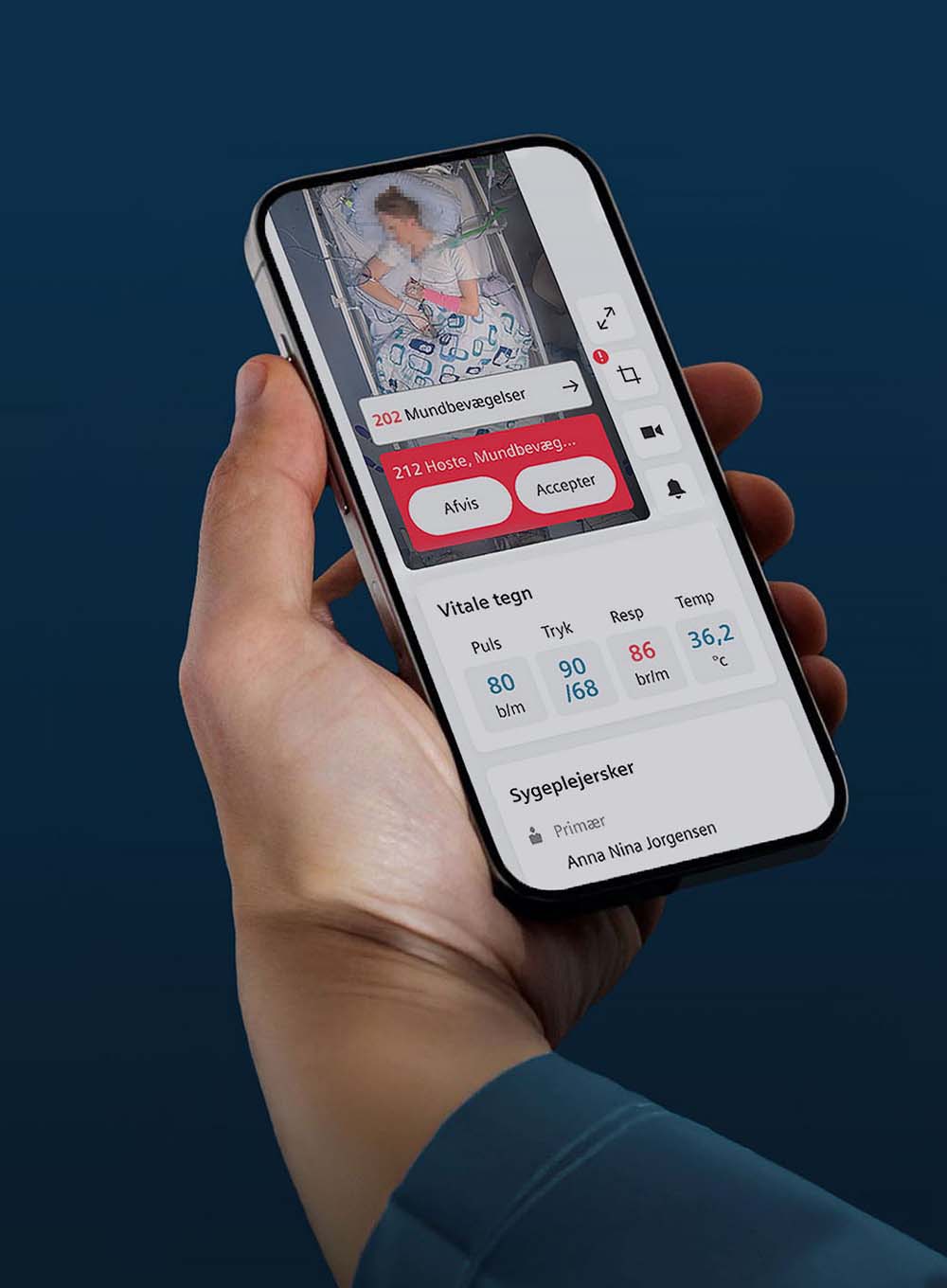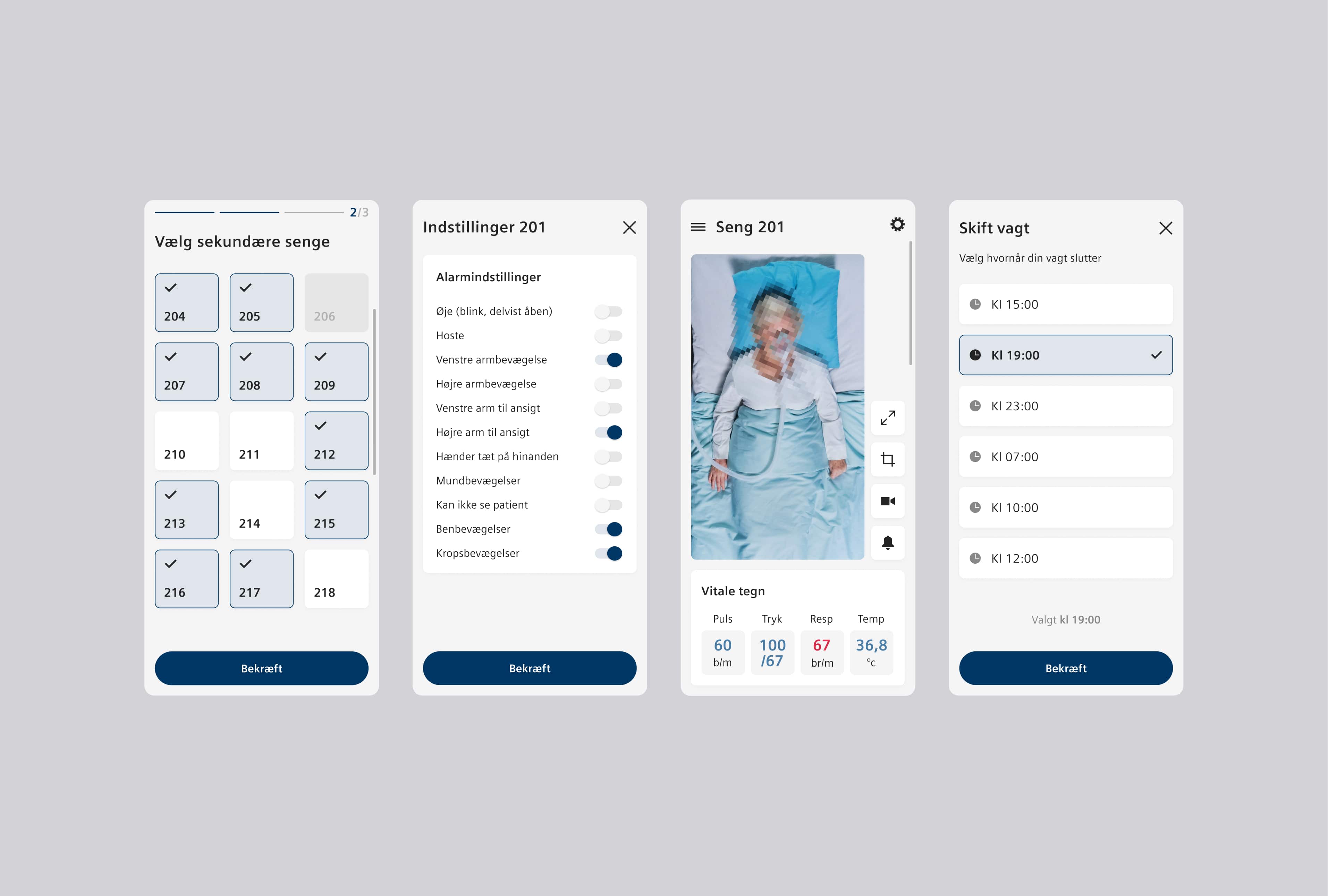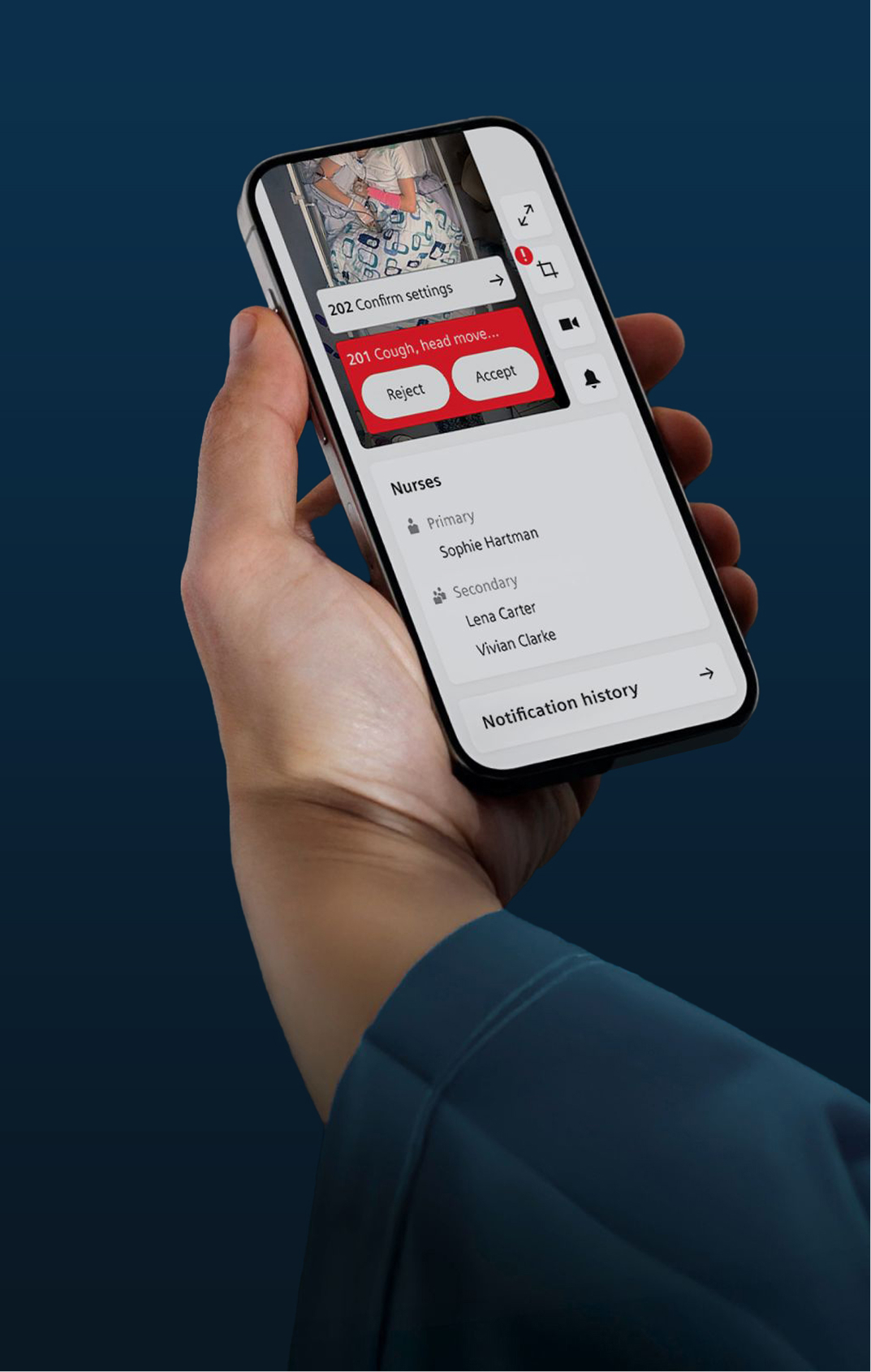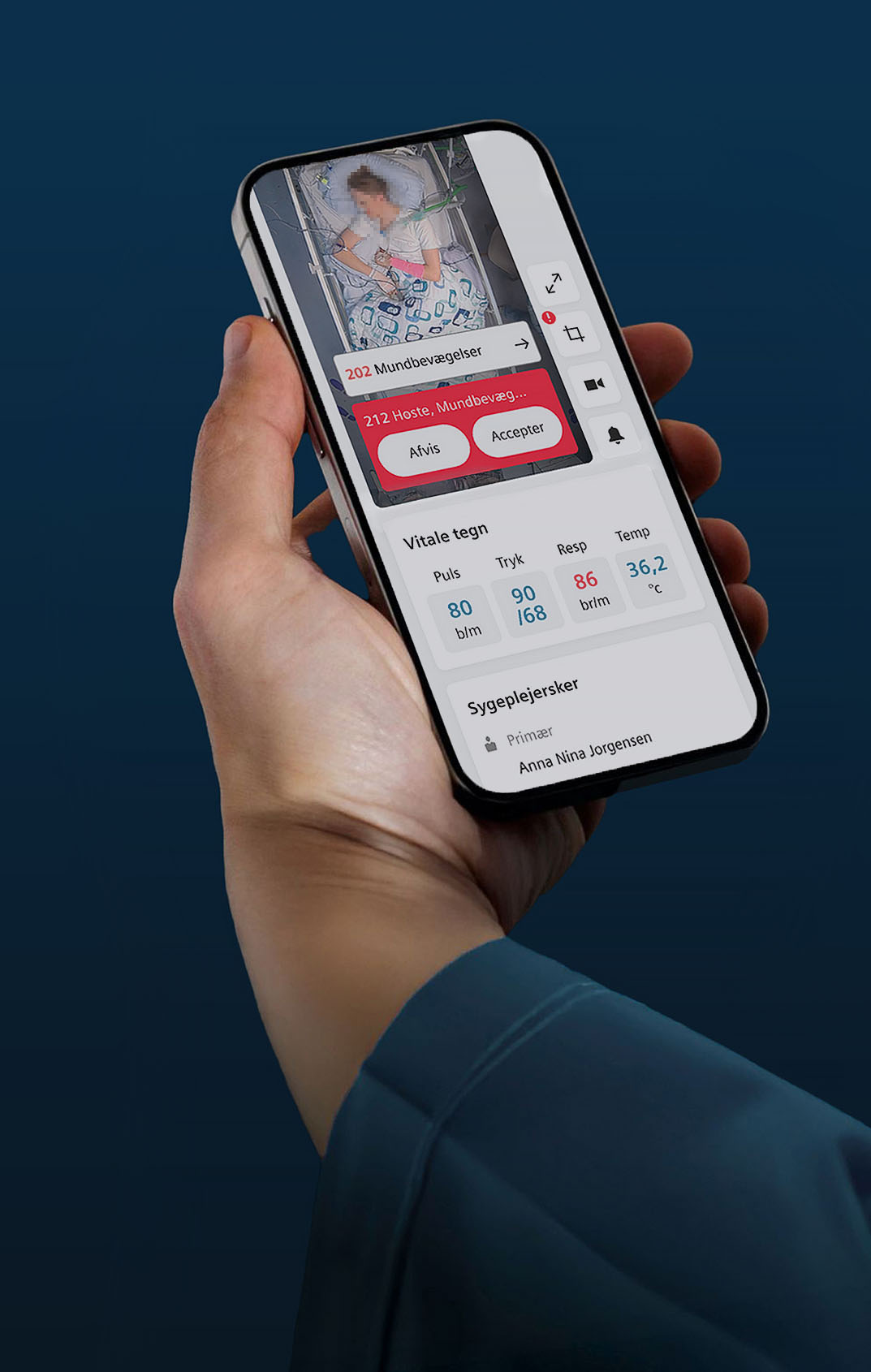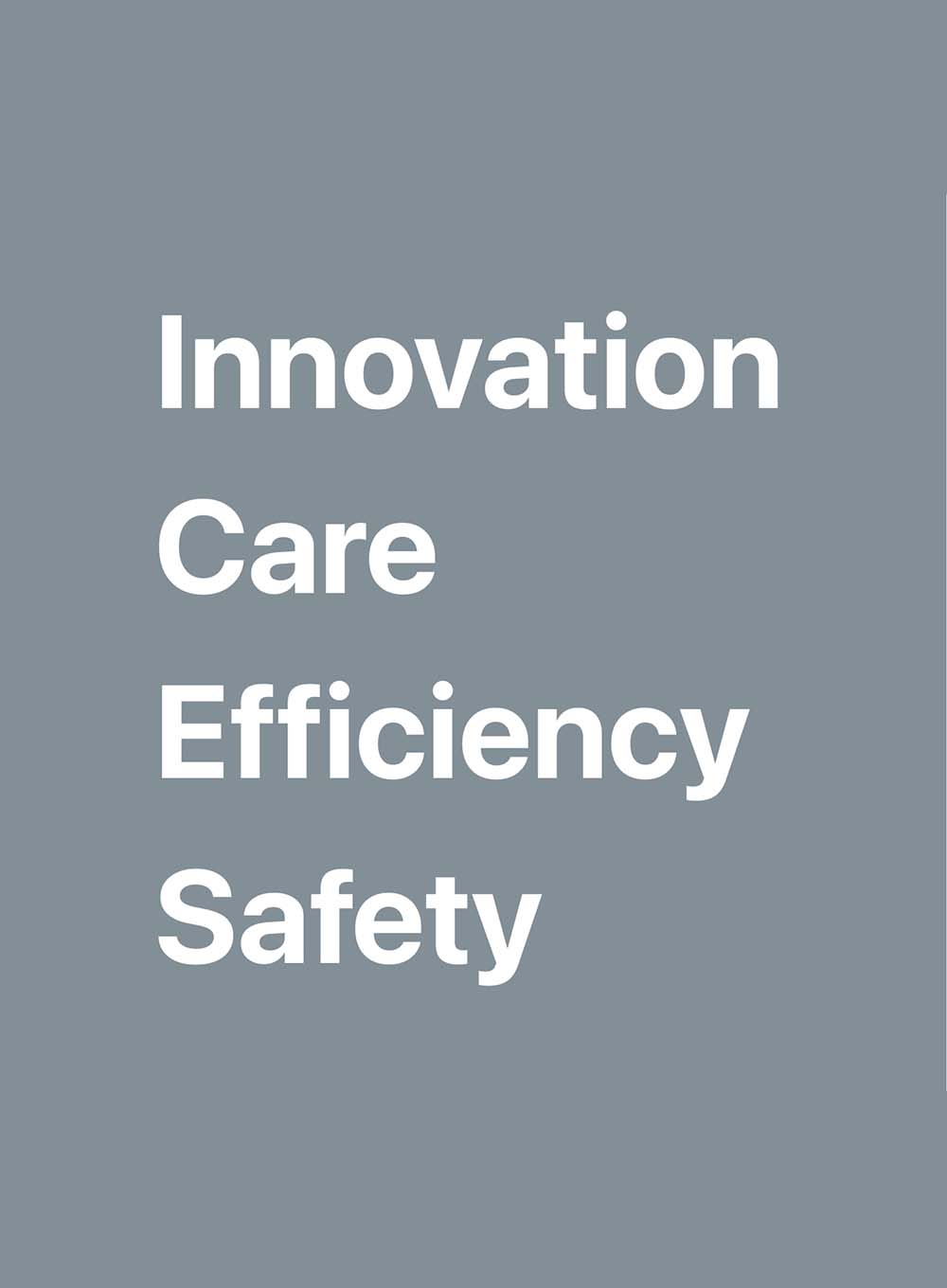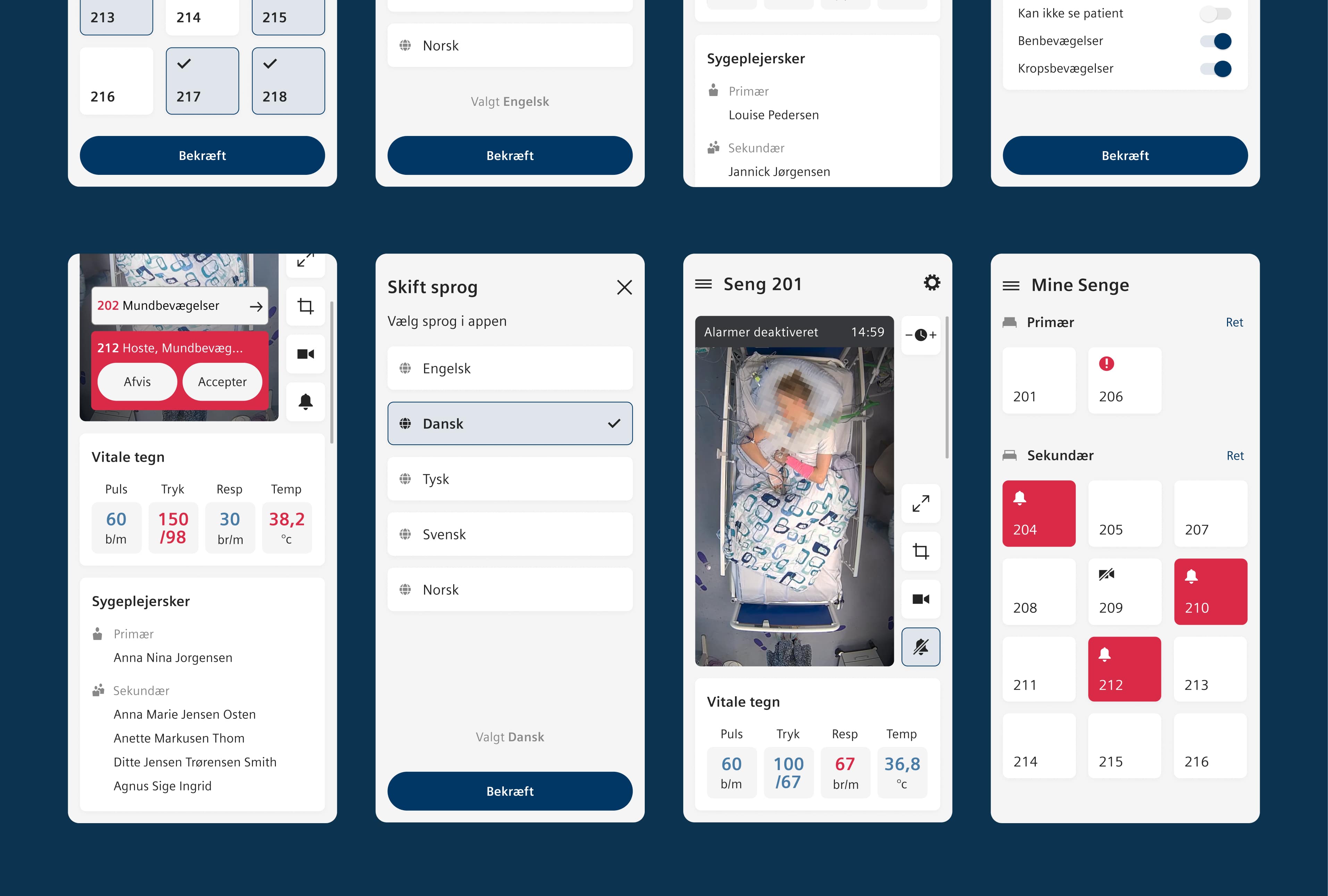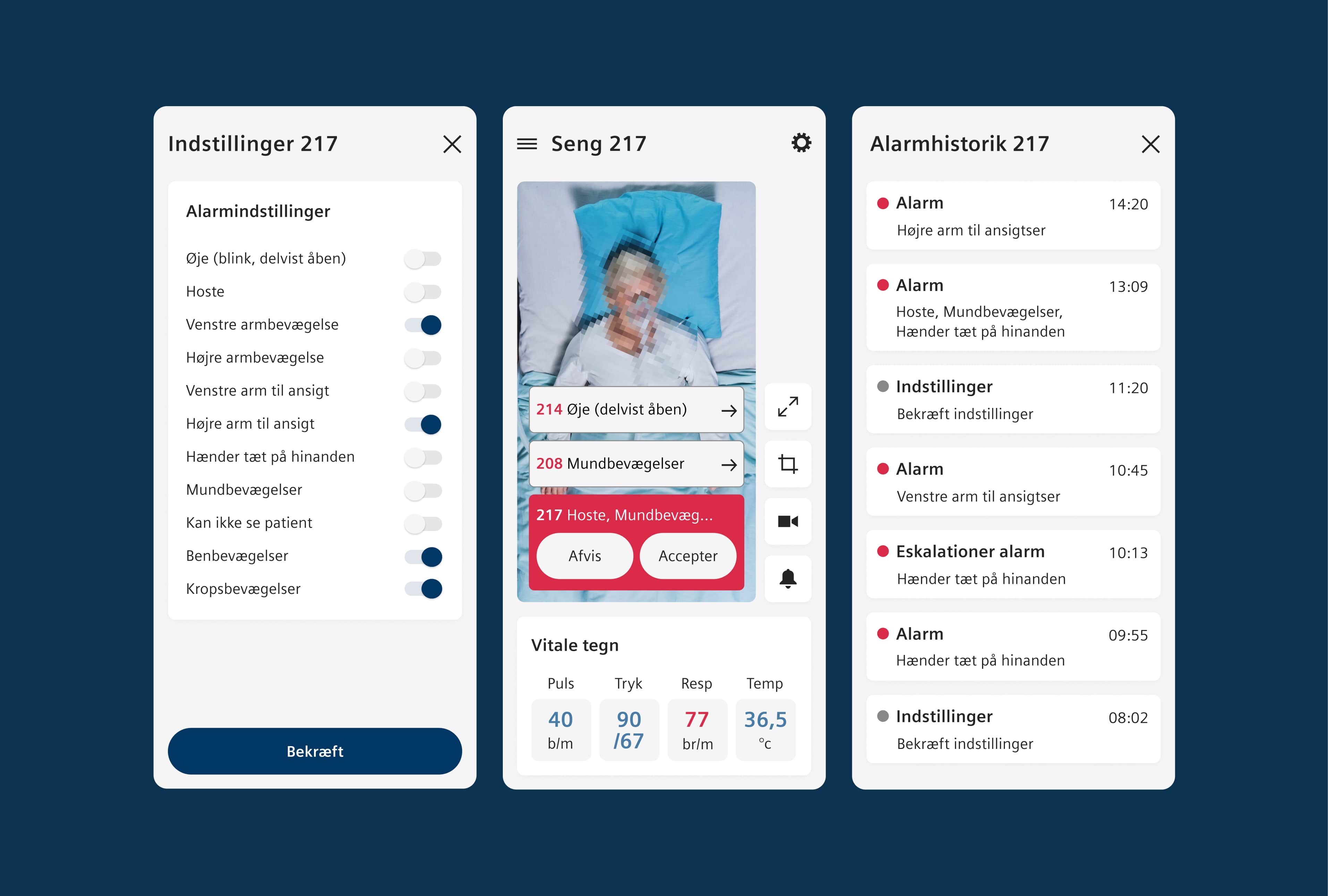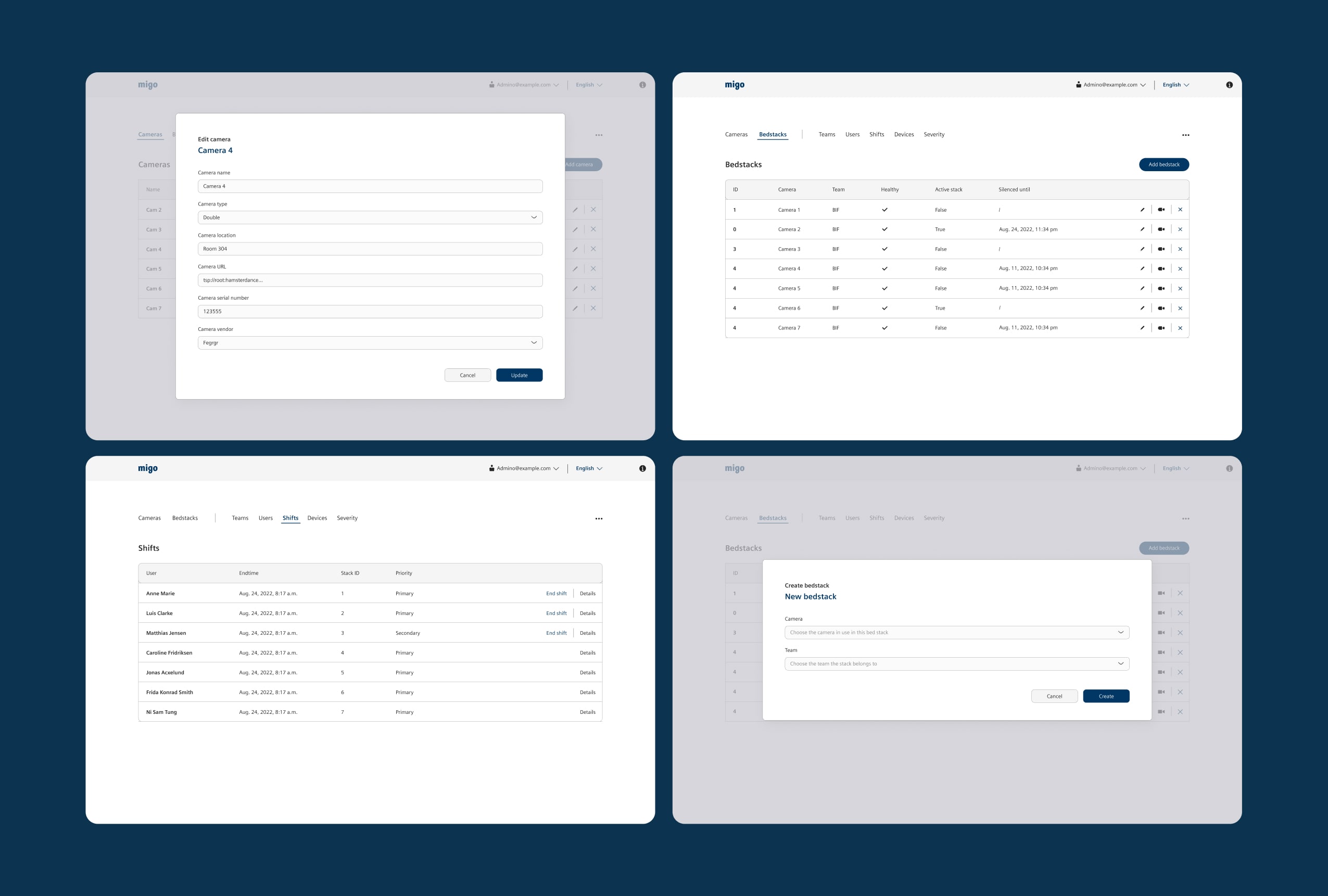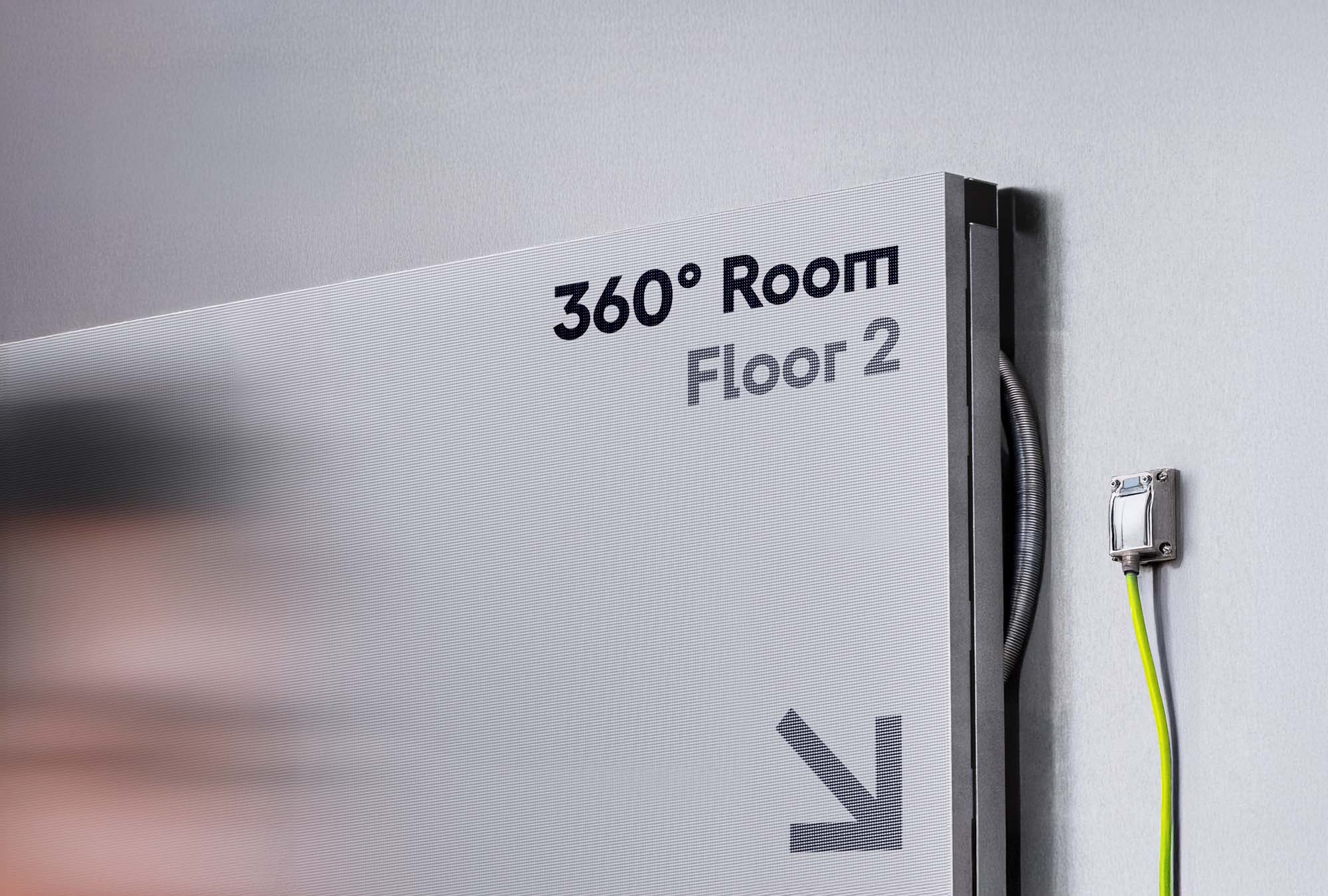From interviews and floor walks with clinicians and nurses, a few themes kept coming up.
1. Bedside presence was required around the clock
Nurses had to stay by the bedside continuously, but this approach was not sustainable. It led to fatigue, stress, and staffing gaps elsewhere in the ward, putting additional pressure on the team and reducing the attention available for other critical patients.
2. Important signs were easy to miss
Each patient displayed different signs that could indicate changes in their condition, but there was no structured system for listing or tracking these signals or linking them to the individual patient. In a busy environment where attention was divided, this made it easy for important developments to go unnoticed.
3. Operational Inefficiencies
Organising a system where nurses had to stay bedside for coma patients was logistically challenging, creating uneven workloads and straining shift planning. Frequent manual checks and competing tasks added to the complexity, making monitoring difficult and slowing response times.





